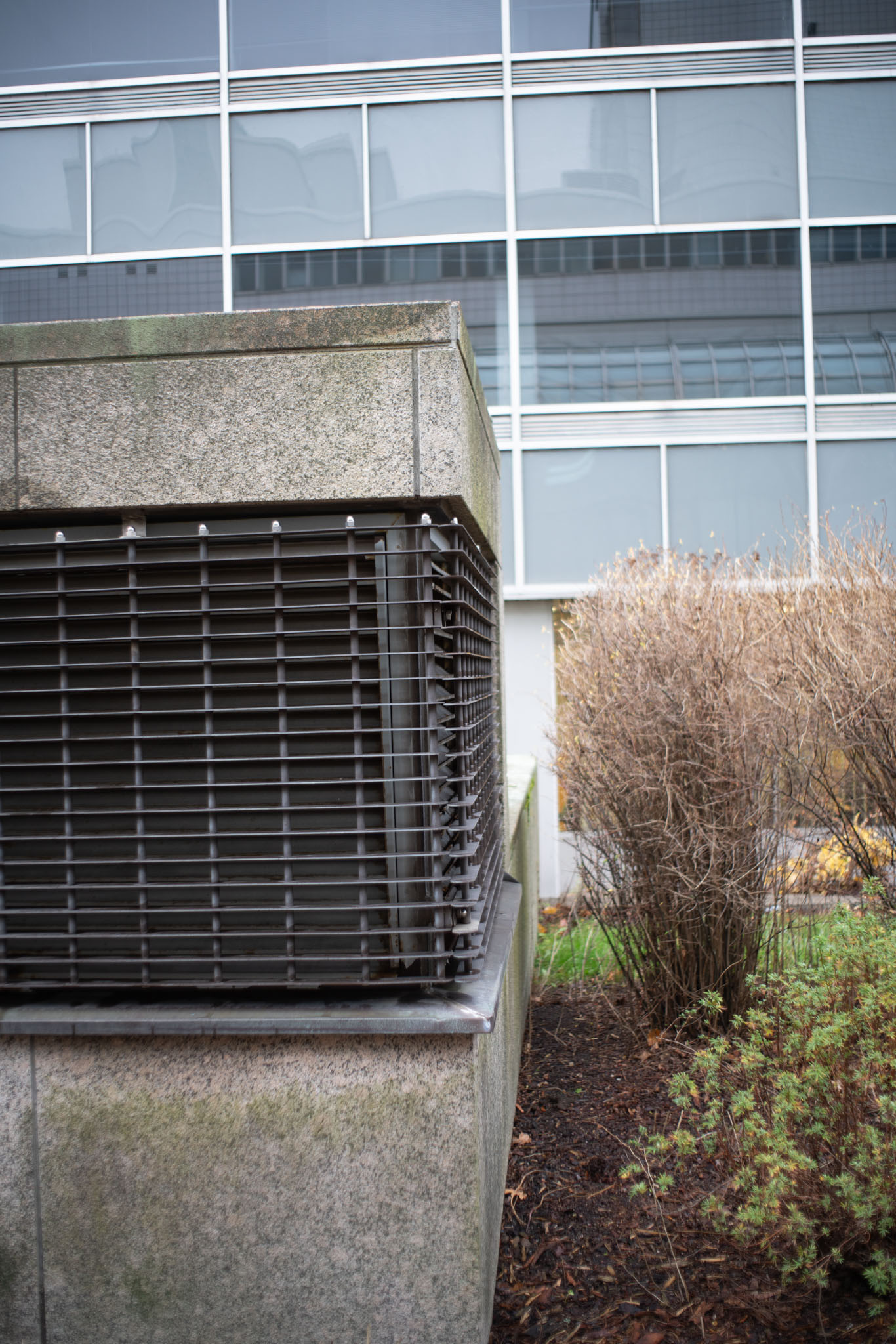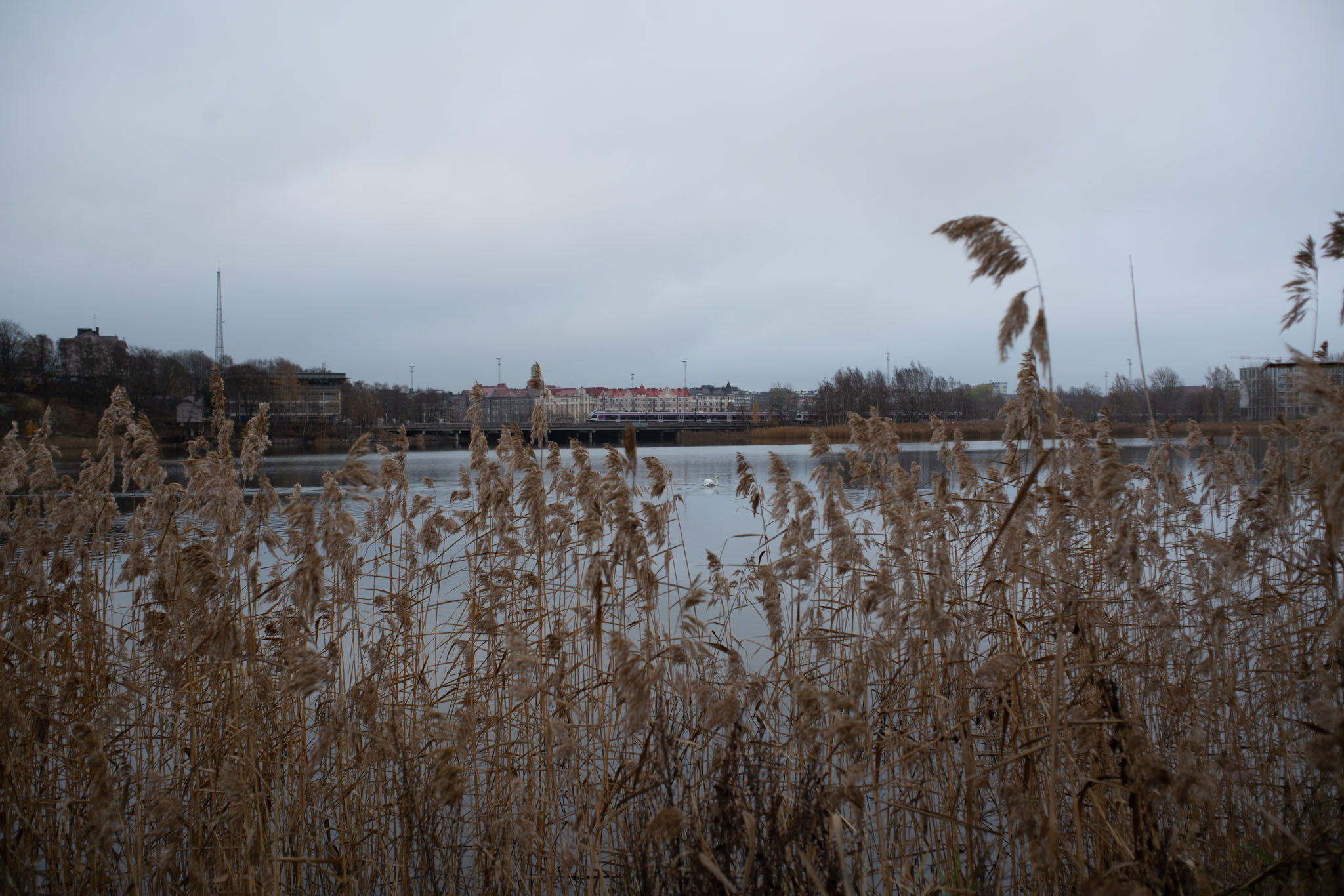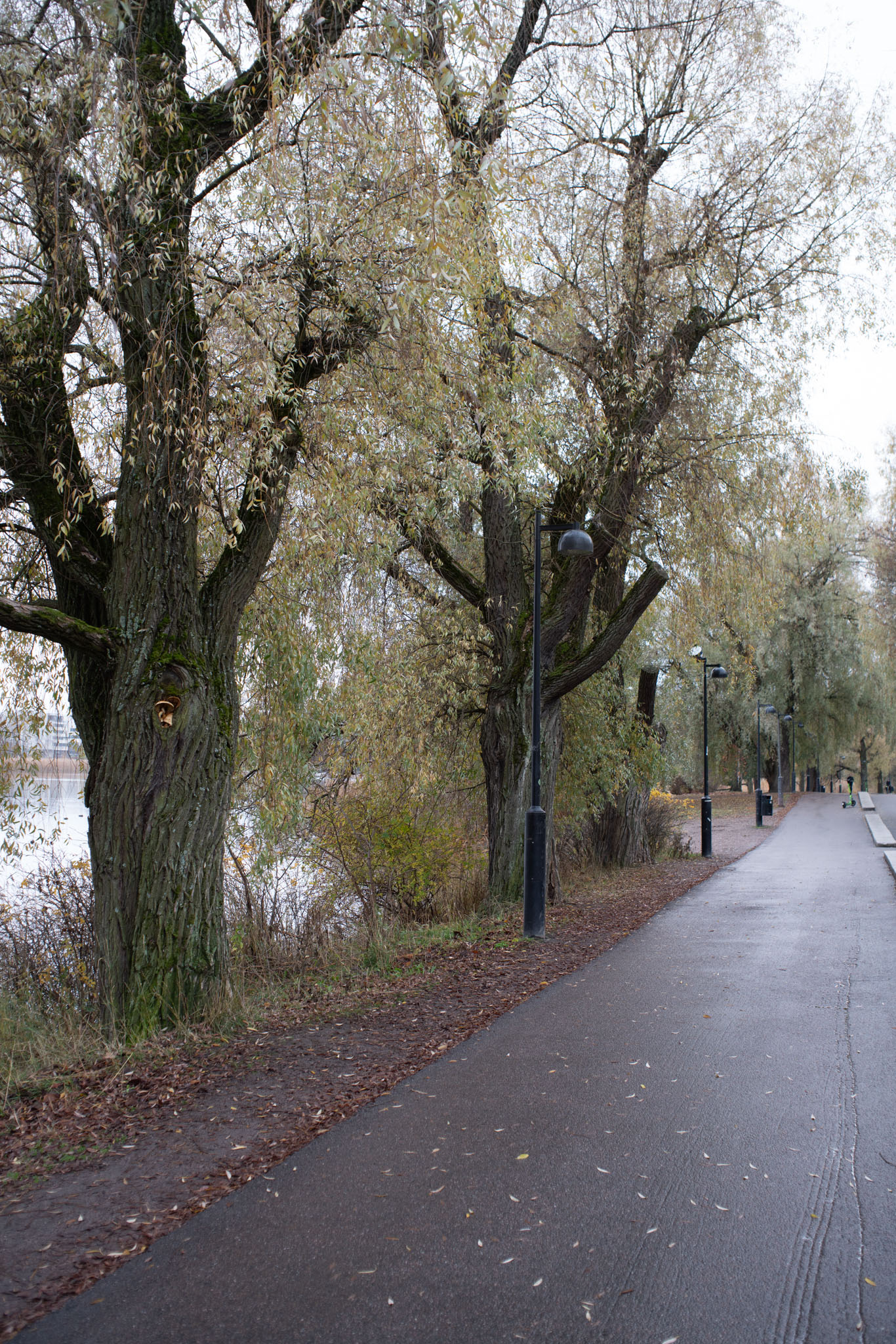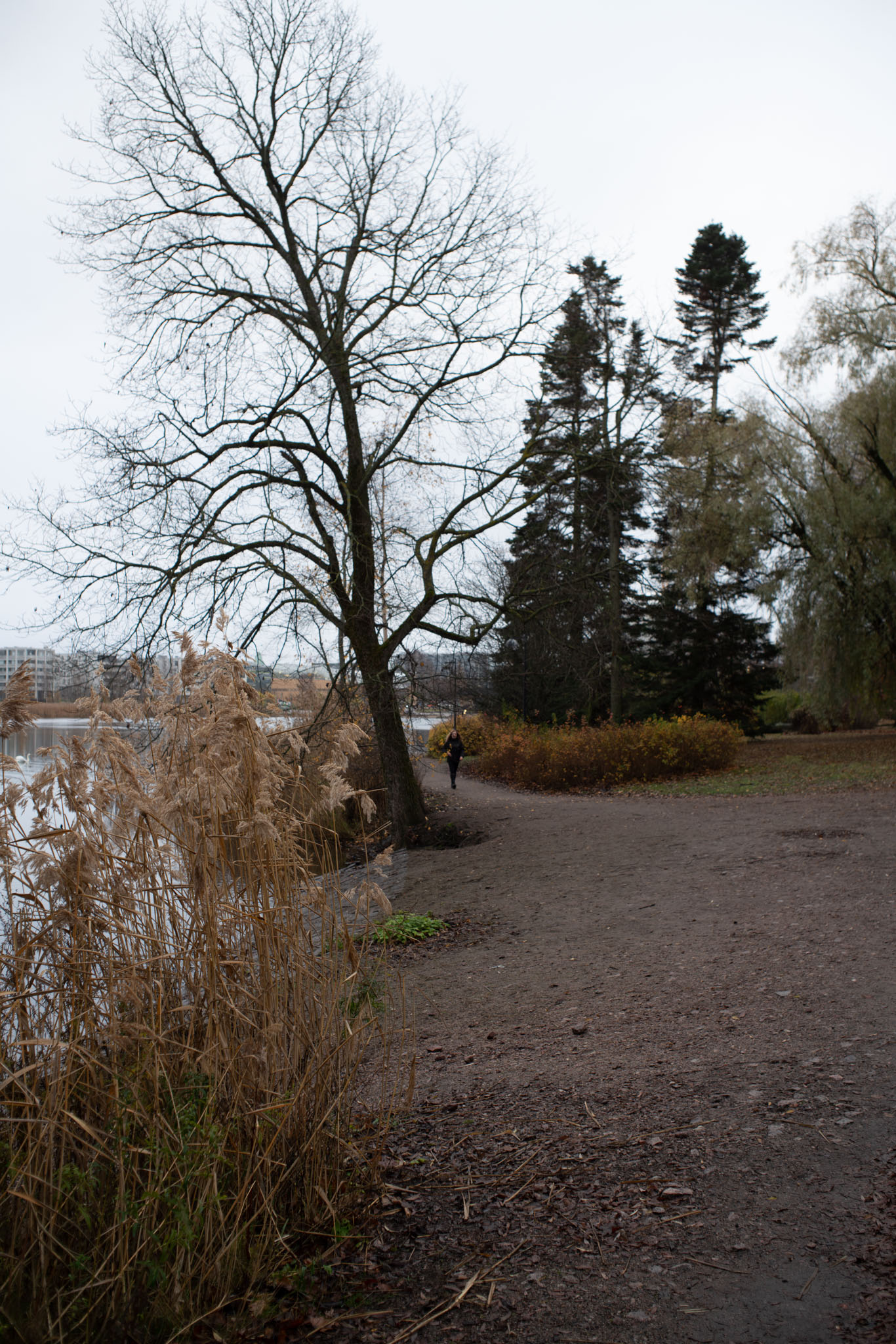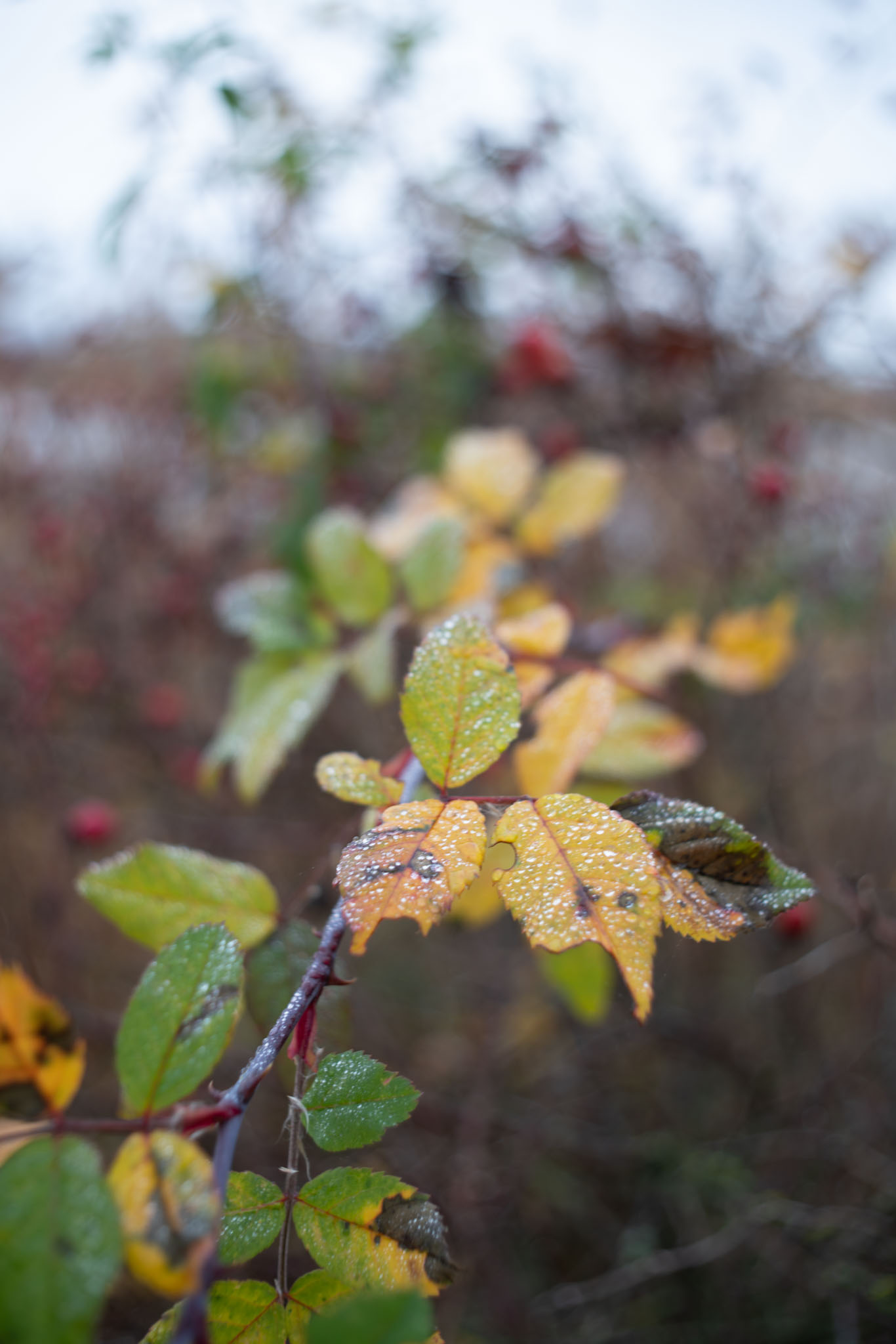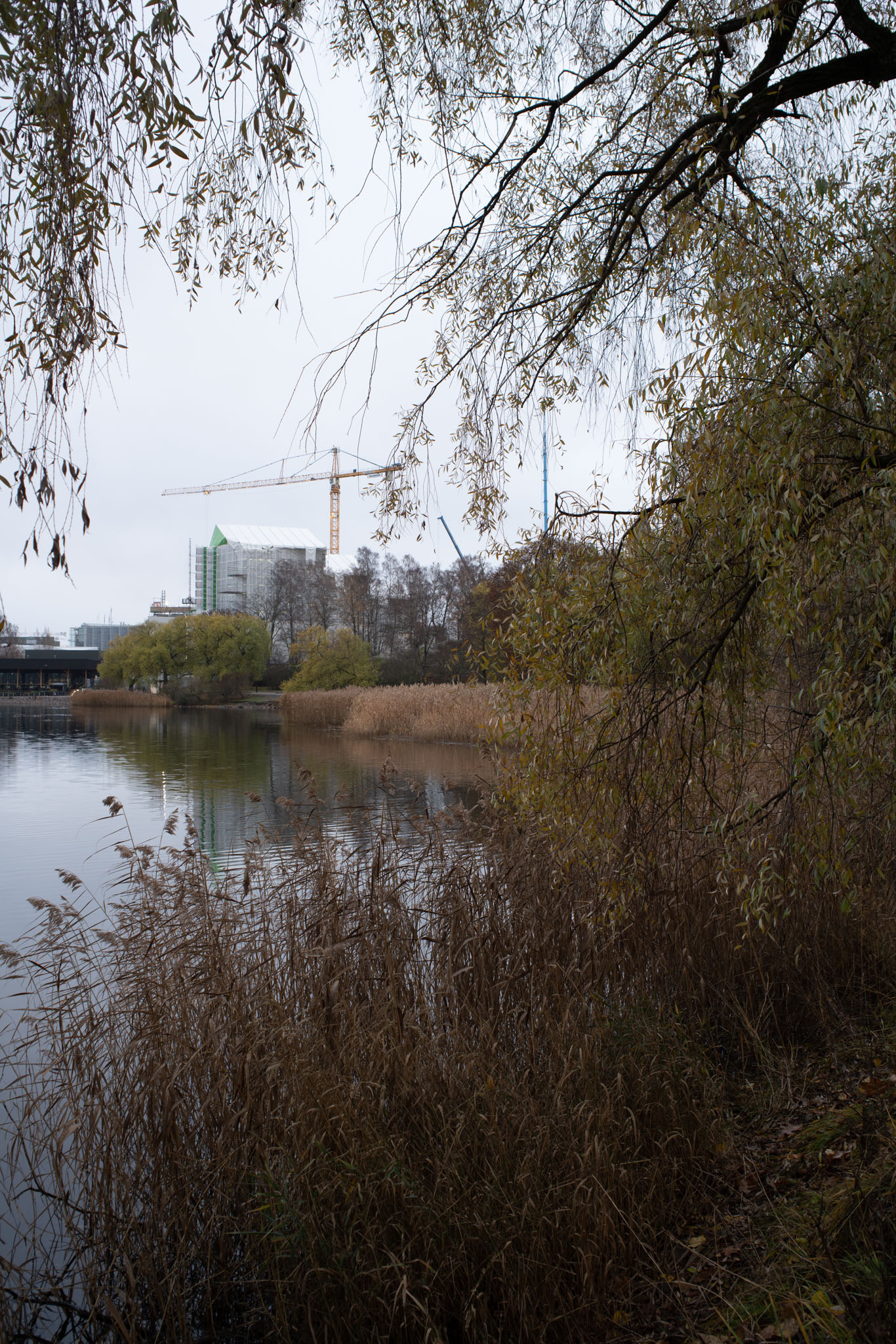Pekka Buttler, 2nd November 2022
See the lens’ data sheet here.
The setup
• Helsinki, Finland. 2nd November 2022 between 08:50 and 09:35 (morning, heavy overcast).
• Sony ⍺7R2, K&F Concept Pro dumb adapter, Nippon Kogaku Nikkor-S Auto 1:2.8 35 mm lens (as pictured)
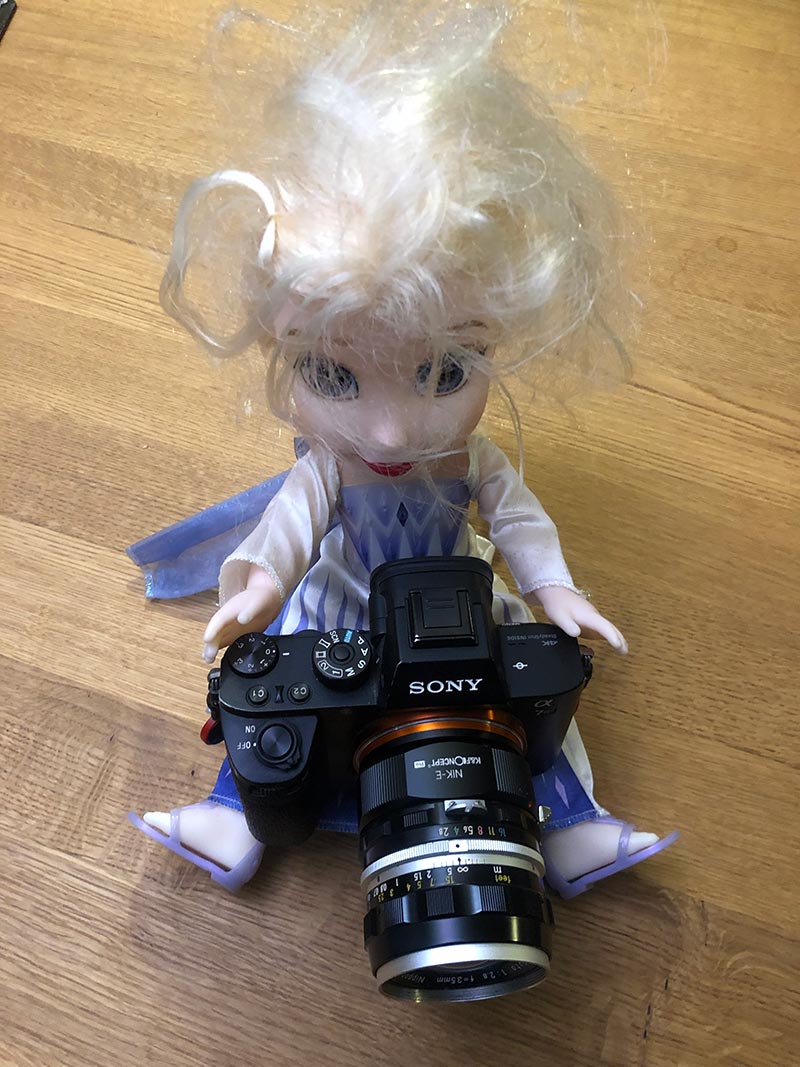
• Both optics and outward appearance of my sample are near-mint. When I bought the lens even the original packaging was pristine.
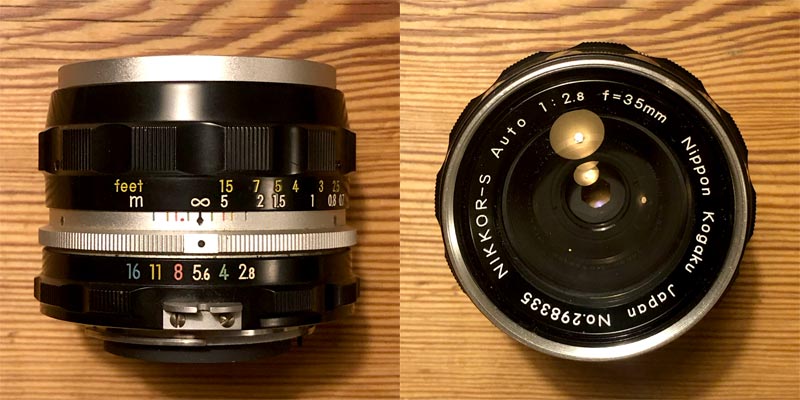
The Lived experience
[Please remember that all comments apply to me personally, and this specific sample]
The hassle:
What hassle? Nikon F lenses are eminently usable as adapted lenses (as long as they have a proper aperture ring, which this lens obviously does). Mount the lens on the adapter, mount the adapter on your mirrorless body, make sure your cameras settings don’t expect a modern high-tech lens, and go shooting.
The ergonomics:
To rubber or not to rubber?
Those who like legacy lenses for the fact that they’re not modern lenses typically tend towards appreciating metal (milled) focus rings, and I certainly see their point. On the other hand, when temperatures are intemperate (it was 6° C during the shoot), there is an upside to rubberised control surfaces. In any case, the focus ring is tactile and precise.
The milled aperture ring is grippy and tactile and can even be used with fleece gloves on. While there is a minus-side to not having half-stop clicks (Nikon lenses never do), it makes the counting of clicks easier (I typically like to shoot without removing my eye from the EVF).
The Image quality
I have not been pixel peeping, nor is this a side-by-side comparison, but I find sharpness and contrast to be fully sufficient considering that we’re talking about a 50+ year old lens. Admittedly, there is some lateral chromatic aberration, but not very visible except in the extreme corners. Most cases of ‘corner softness’ evident in the gallery shots is caused by the corners being nowhere near the focal plane. Based on these shots (as well as previous shoots), this lens does not suffer any extreme field curvature.
In general I like the colour rendition and am reasonably pleased with how well the lens managed to render the few colors that were available. Being a wide-angle (64 °) lens, it obviously produces some perspective distortion, but optical distortions are well-corrected . Also, vignetting is not a field-relevant problem
The walkaround did not allow tests in sunlight (see note below), but overcast skies are also very demanding, and should a lens have a tendency towards veiling, that would show in these pictures as well. Considering that the lens precedes Nikon’s multicoating (never mind nano crystal coating), the lens’ performance is surprisingly good.
NOTE! Based on previous tests in bright sunlight, the lens seems to be able to handle extreme conditions (see pic below) surprisingly well.

The gallery
All images shot in RAW with Auto WB, IBIS on. Lighting was not flattering, but such is the often the case in Finland in November.
Post-processing, ACR Default, Resize to 2048 px, save as JPG (no other editing).




